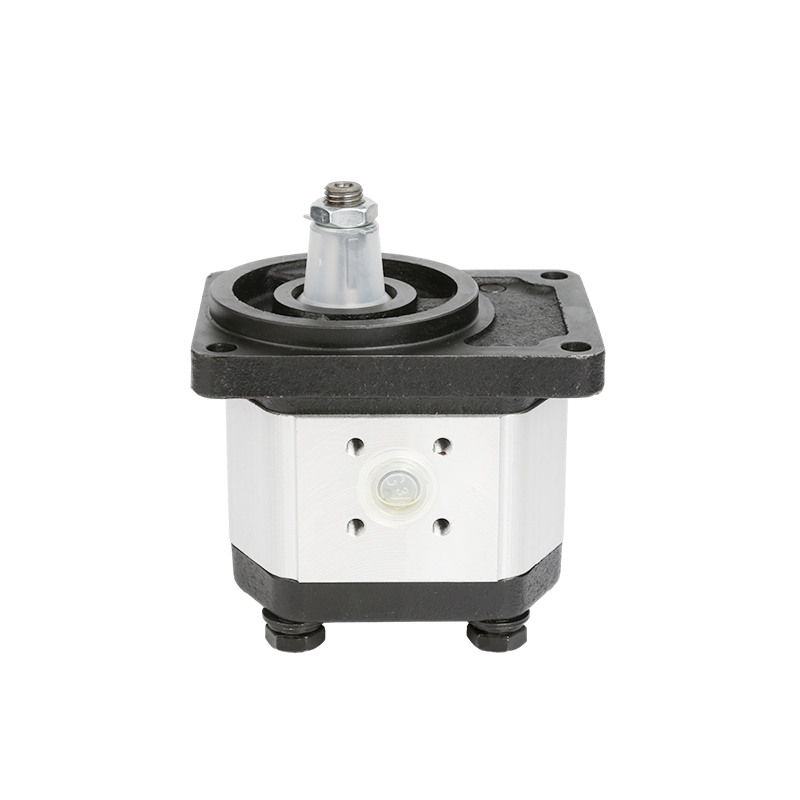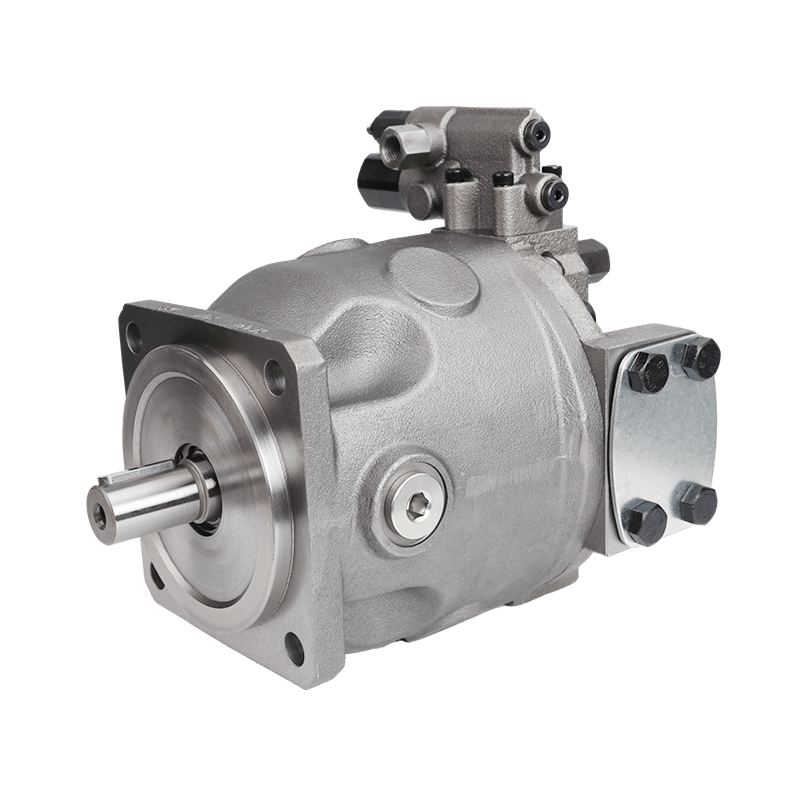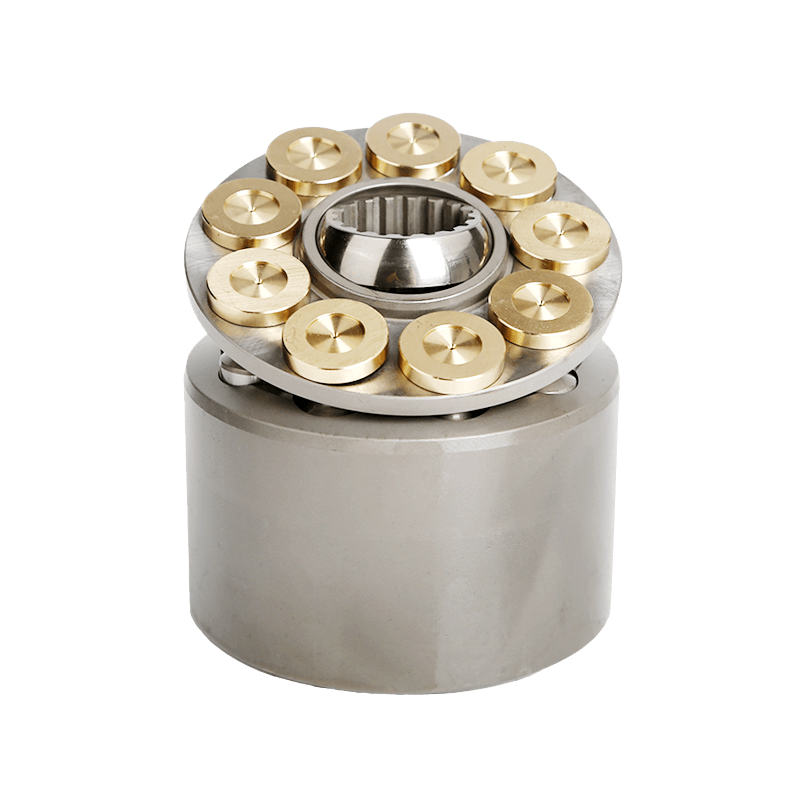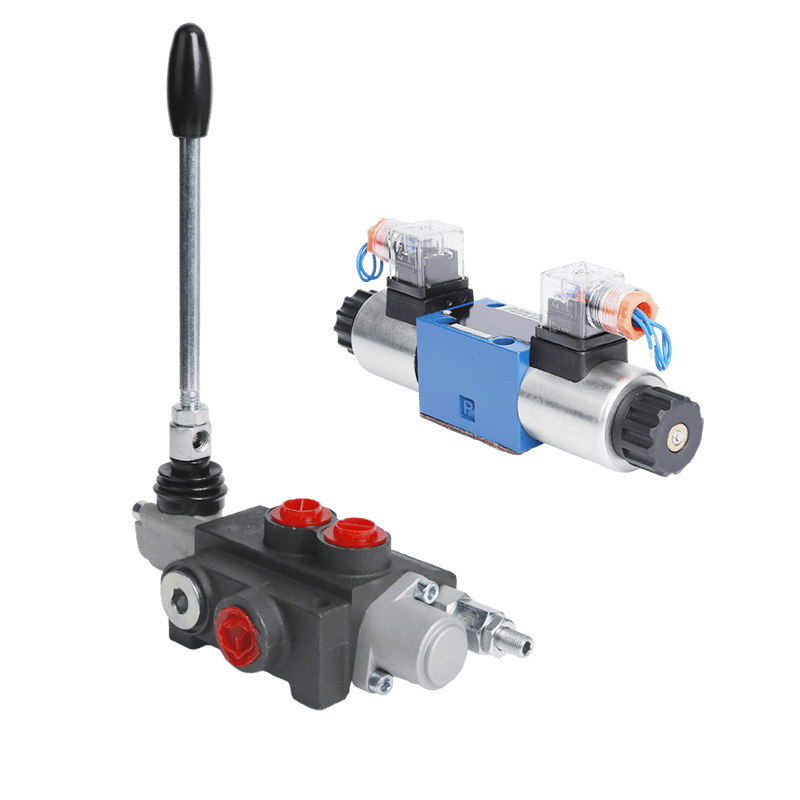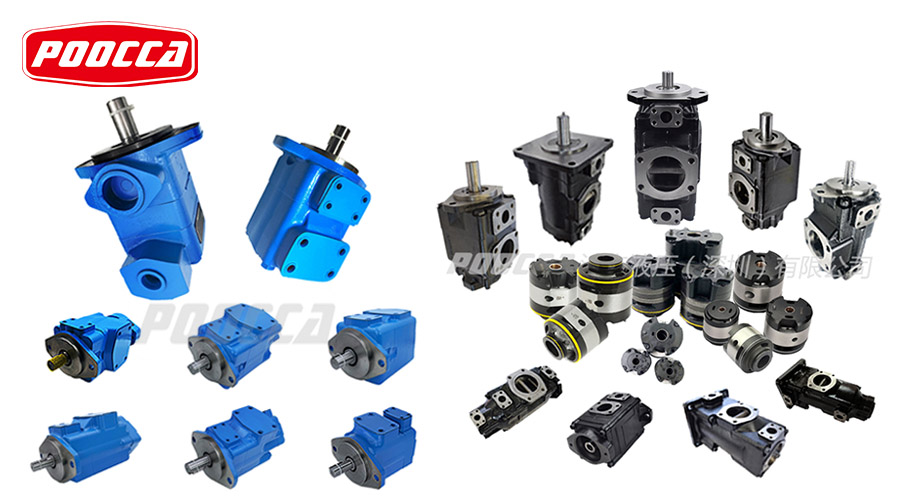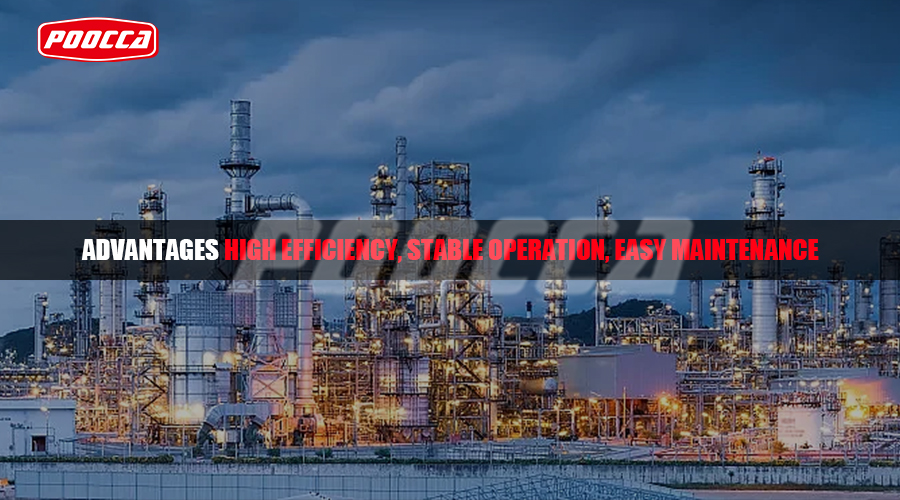Vane pump is a commonly used hydraulic equipment. The vane pump, being a critical component of the hydraulic system, plays a substantial role in maintaining its optimal functionality. Nonetheless, during routine operation procedures, these pumps are prone to generating disruptive noise and vibrations that have the potential to both deteriorate working conditions and compromise equipment longevity as well as performance. Consequently, it becomes imperative to identify the origin of this auditory disruption within these vane pumps and implement effective management strategies; thereby enhancing not only operational efficiency but also fortifying stable functioning of the machinery involved.
Noise and vibration source
Friction and collision between vane and stator
Vane pump at work, the vane in the stator cavity to do rotary motion. Due to the poor balance of hydraulic pressure or the bottom of the force is too large, the top of the vane may produce excessive contact specific pressure with the stator surface, resulting in friction and collision. This friction and collision will not only generate noise, but also cause wear and tear on the vane and stator, affecting the performance of the pump.
Pressure pulsation of the fluid inside the vane pump
When the oil from the working cavity between the two vanes through the suction and discharge cavity between the oil sealing area into the discharge or suction cavity, due to the two pressure is not equal, will occur from the discharge cavity to the working cavity or from the working cavity to the suction cavity backlash. This backwash causes pressure pulsation, which in turn excites noise. In addition, flow pulsation in vane pumps can also generate noise.
Radial force imbalance and oil trapping in variable vane pumps
In variable vane pumps, the operation of the rotor and bearings may be affected due to radial force imbalance or oil trapping, resulting in vibration and noise. Such vibration and noise are usually more pronounced than in a quantitative vane pump.
Other factors in the hydraulic system
In addition to problems with the vane pump itself, other factors in the hydraulic system can cause vibration and noise. For example, the system into the air, oil pump motor coupling installation is not standardized, poor oil return, piping is not fixed, etc. may trigger vibration and noise. In addition, the hydraulic pump moving parts wear, bearing wear, oil viscosity is too high or too low, suction filter blockage or oil level is too low, etc. may also lead to pump suction difficulties, air pockets and noise.
Noise and vibration control methods
Optimization of vane pump design
For the friction and collision between the vane and stator, the noise can be reduced by optimizing the design of the vane pump. For example, high sub-stator curves are used to reduce the contact specific pressure between the vane and stator; a triangular slot is opened in the oil sealing area partially at the edge of the suction and discharge chamber of the oil distribution disk to avoid pressure impact and eliminate the noise of oil trapping.
Improve the oil suction method
Reduce the flow rate in the flow channel of the oil suction chamber, reduce the liquid flow resistance of the rotor at the oil inlet, and strictly prevent the oil suction system from entering air, which can effectively reduce the noise caused by poor oil suction. In addition, reasonable design of oil tank and pipeline, avoid external excitation frequency and resonance point, can also reduce vibration and noise.
Reduce pressure pulsation
Design a larger volume at the output port of the vane pump, and utilize the pulsation attenuation function of this larger volume to reduce the pressure pulsation, thus reducing the noise. At the same time, by improving the machining and installation accuracy of the relevant parts of the vane pump group, you can also reduce mechanical vibration and its noise.
Selection of low-noise hydraulic pump and its prime mover
When purchasing hydraulic pumps, low noise models should be prioritized. In addition, for motors and other prime movers, should also choose low-noise products, in order to minimize the generation of noise from the source.
Take vibration isolation measures
When the vane pump set placed on the tank lid, should be taken under the base of the pump set vibration isolation measures, such as the installation of rubber vibration isolation pads, in order to cut off the mechanical noise propagation channels, to prevent the tank vibration. At the same time, reasonable design and installation of pipelines to avoid the impact of pipeline vibration on equipment and the environment.
Regular inspection and maintenance
Regular inspection and maintenance of the vane pump and its related components, timely detection and treatment of potential problems can effectively prevent the generation of noise and vibration. For example, regularly check the wear and tear of the vane and stator, and timely replace parts with serious wear and tear; clean and replace the filter screen to maintain the cleanliness and proper viscosity of the oil; check and adjust the mounting accuracy of the oil pump motor coupling and so on.
POOCCA, a leading brand in the hydraulic industry with a history dating back to 1997, provide Parker T6 T7, Yuken PV2R, Vickers V VQ brand products, including single vane pump, double vane pump and even triple vane pump.
Conclusion
The noise and vibration source of vane pump are varied. Both the pump itself and the impact of other factors of the hydraulic system can influence the generation of noise and vibration. Therefore, when controlling the noise and vibration of vane pumps, it is necessary to start from many aspects and take comprehensive measures.
In short, the noise and vibration control of vane pumps is a complex and important subject. By gaining a deeper understanding of its noise and vibration sources and adopting effective control methods, we can provide more stable, efficient and environmentally friendly solutions for hydraulic systems.
At POOCCA, wonderful team strives to provide total solutions that cover every aspect of your needs. POOCCA provides you with one-stop service as much as possible to ensure that you can make accurate, time-saving, easy and enjoyable purchasing.

